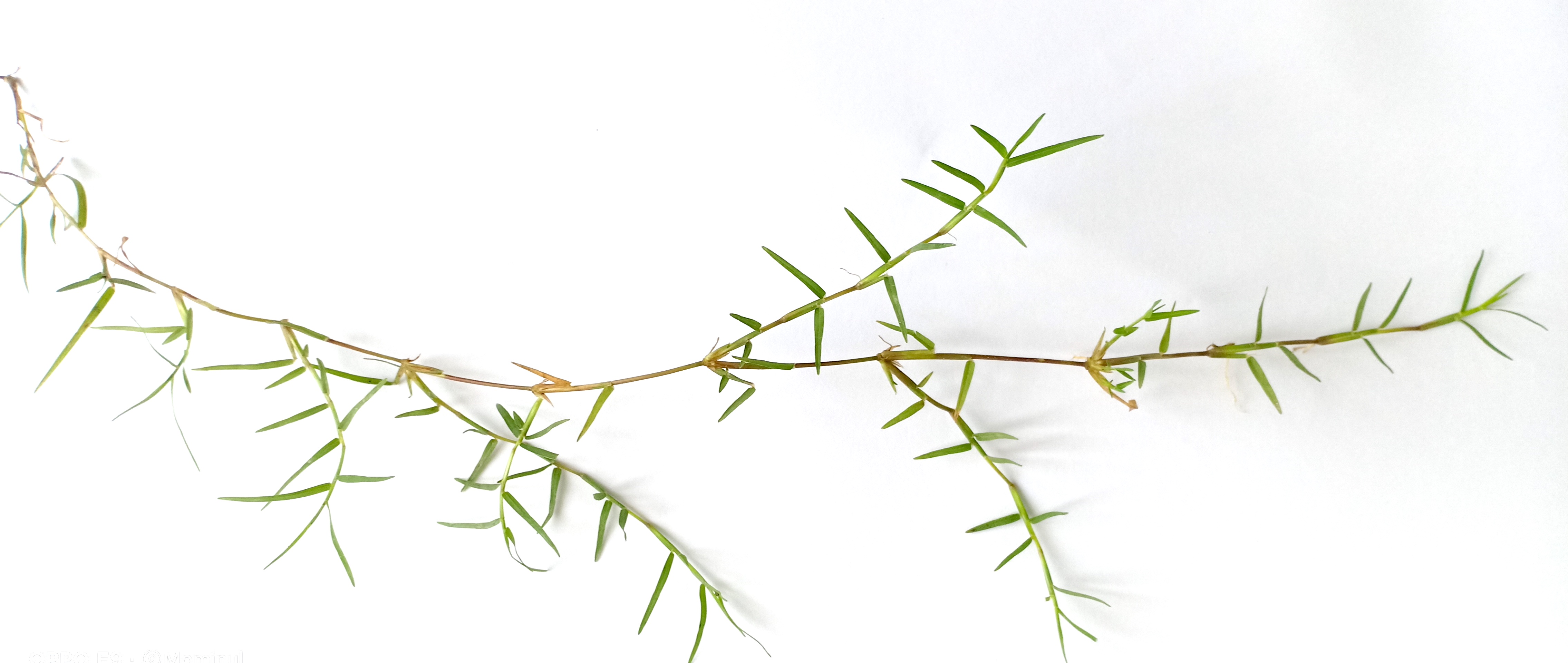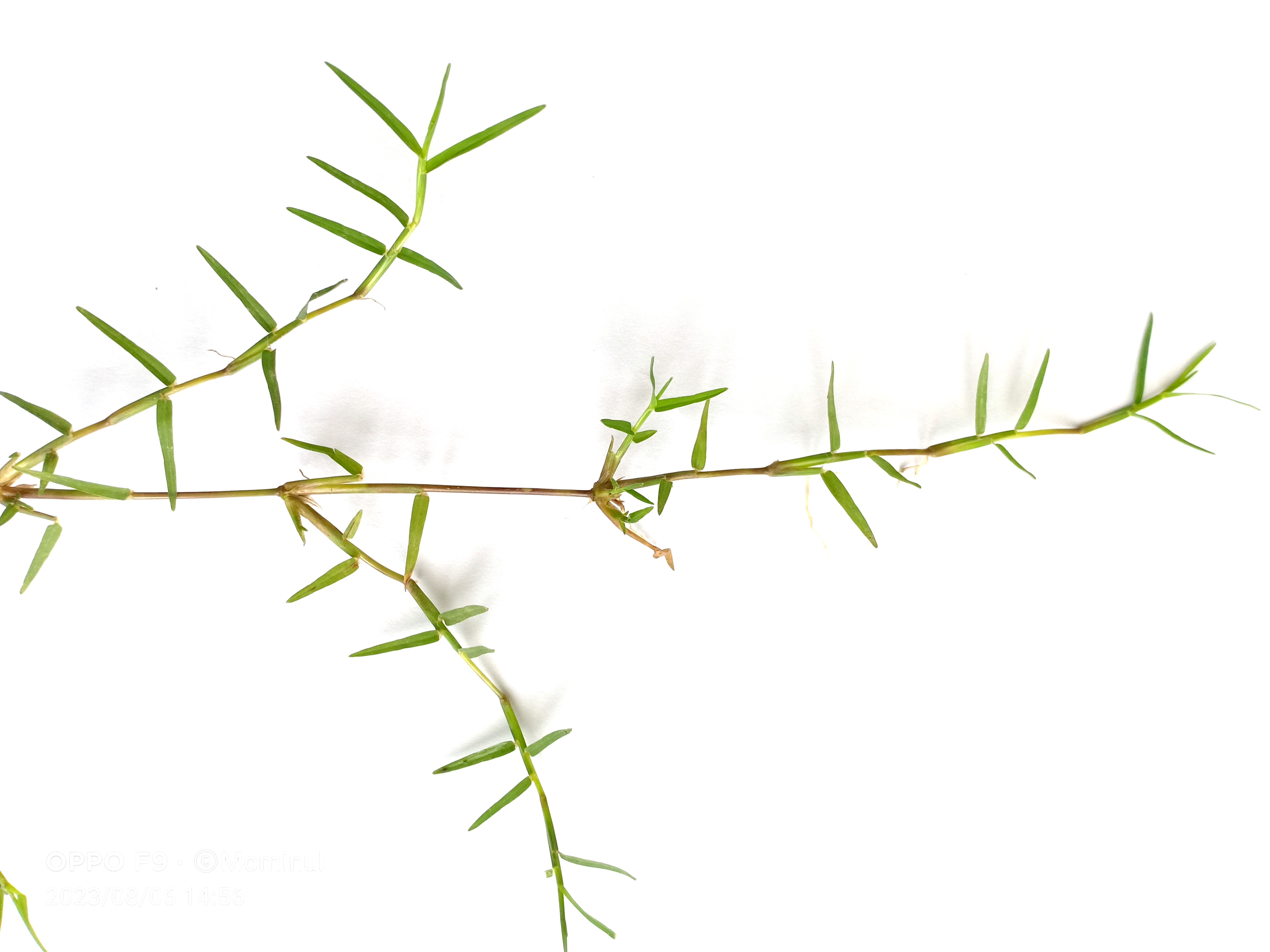

Identification Notes



EPPO CodeCYNDA |
Life CyclePerennial |
MorphologyCulm: prostrate, creeping, slender or stout, more or less compressed, have underground rhizomes. Leaves: short, linear, smooth, distichously arranged, blade scabrous or hairy. Inflorescence: terminal, digitally arranged in 1 to several spikes, spikelet one flowered. Fruit: caryopsis |
Growing seasonRabi and Kharif |
Germination periodJanuary to December |
Flowering periodMarch to August |
PropagationBy seed, rhizome and stolons |
HabitatPrefer dry condition. Found in all rabi crops, aus rice, jute, til and other upland crops. Also found on all high lands |
Weed potentialCynodon dactylon is a very competitive species. This weed is a serious threat to the upland crops such as maize, cotton and sugarcane, or in vineyards and plantation crops (Hanna, 1992). It is considered a weed in more than 80 countries. Holm et al. (1977) have categorised C. dactylon as the second most important weed in the world (after Cyperus rotundus). C. dactylon can rapidly invade cultivated land, cause serious yield losses and it is extremely difficult to eradicate (Bogdan 1977). In Kenya Cynodon dactylon is declared a noxious weed of Agriculture under the Noxious Weeds Act CAP 325, in Kenya. Cynodon dactylon has been included in the Global Invasive Species Database (GISD 2010). |
Control measureCultural Control, Mulching and Solarization, Chemical Control of Established Plants, By growing competitive crops like sanhemp , cowpea, etc can suppress the growth of weeds. |
Recommended herbicide[1] Glyphosate (Commercial name - Roundup®, produced by Monsanto) @ 1.5 kg/ha give a good control. [2] Dalapon is applied twice, just after the rabi crop harvested and before monsoon to ensure its control. [3] As pre-emergence Atrazine can also be used. [4] Paraquat 1kg /ha is applied 2 weeks before summer tillage . [5] A combination of MCPA + ACPB @ 0.25 kg ai/ha each is found to be best in controlling this weed. [6] 2,4-D + Dalapon @2 kg /ha in 800 litres of water can be spread into the soil immediately after ploughing. [7] [Simazine + Atrazine @ 2 kg /ha as pre-emrgence application followed by post emergence of Dalapon @ 4.5 kg/ha give 90%. |
DistributionFound worldwide. It is native to Europe, Africa, Australia and much of Asia. It has been introduced to the Americas. |
Medicinal propertiesThe plant has been long used in the traditional medicines to treat various ailments such as anasarca, cancer, convulsions, cough, cramps, diarrhea, dropsy, dysentery, epilepsy, headache, hemorrhage, hypertension, hysteria, measles, rubella, snakebite, sores, stones, tumors, urogenital disorders, warts and wounds (Bagori and Solanki 2011). The crushed leaves are applied to minor wounds as a styptic to stop bleeding () |
References
|